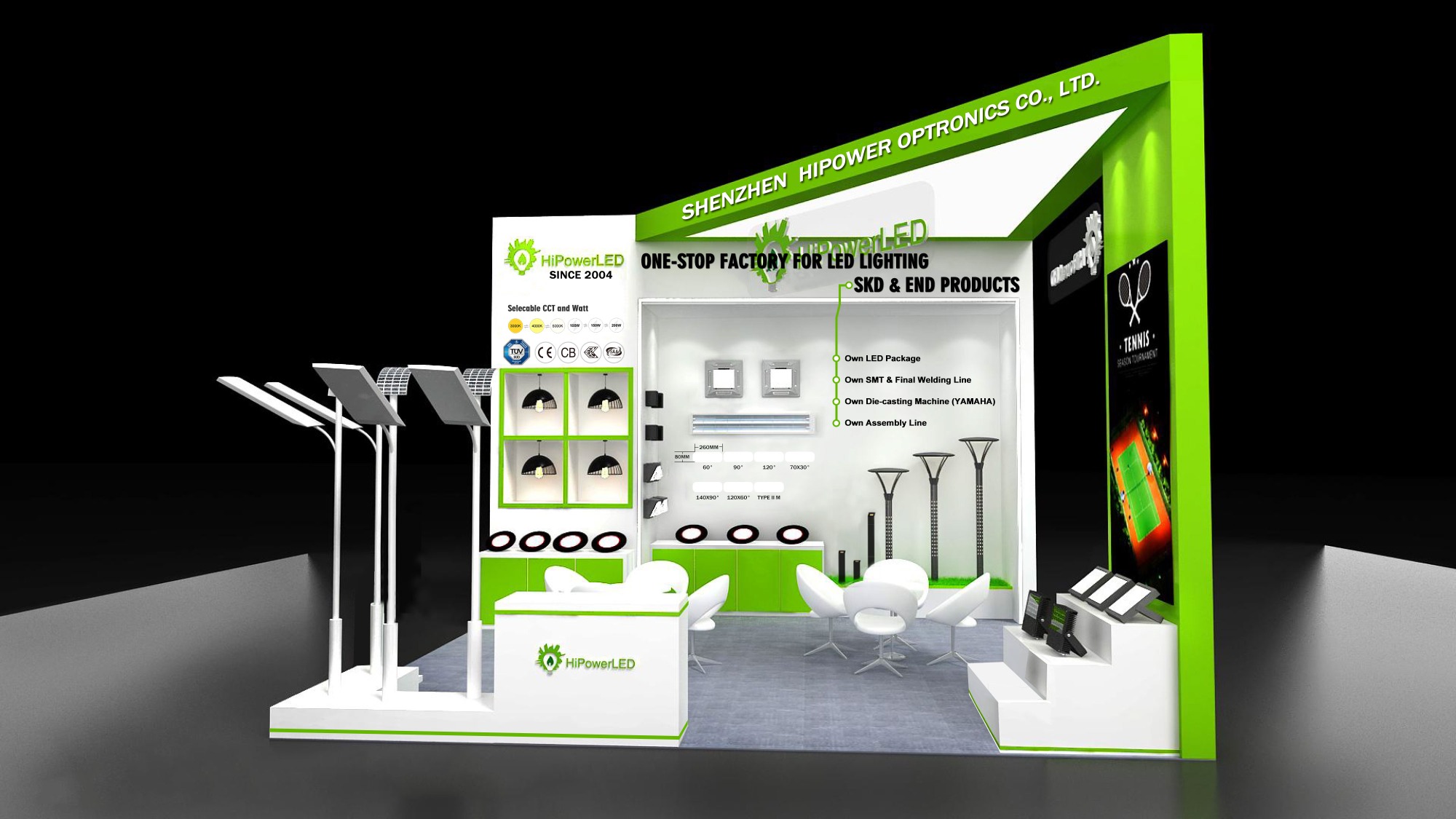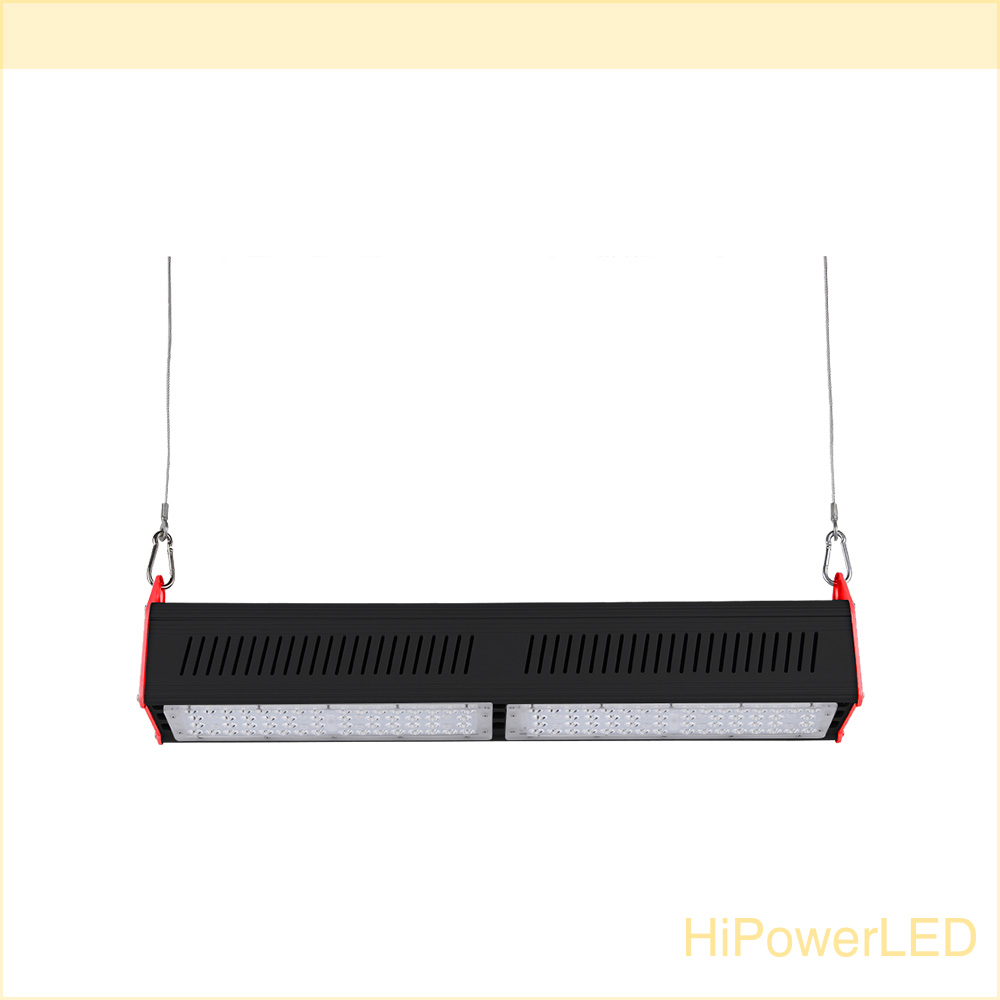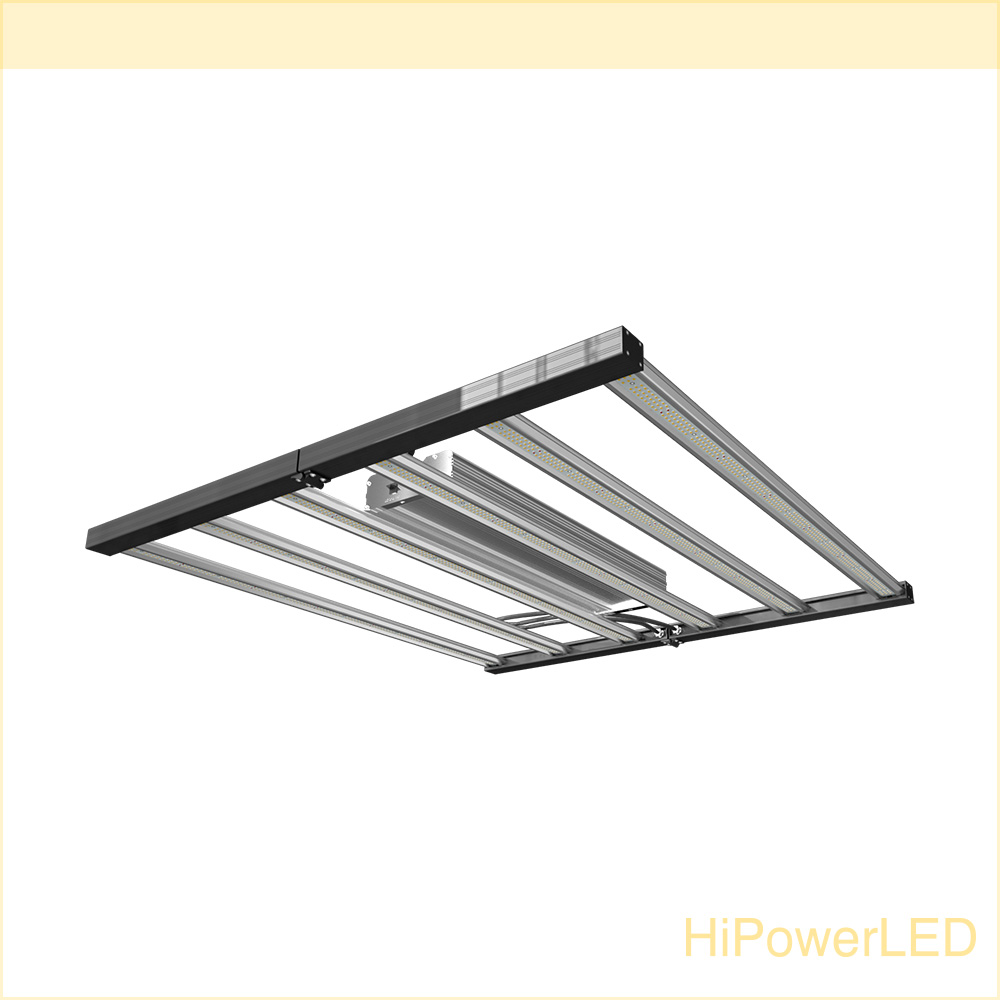Artificial lighting systems called indoor grow lights are used to grow plants indoors. They offer the light required for photosynthesis and the growth of thriving, healthy plants. Grow lights are becoming more and more common because they enable gardeners to grow plants in locations with little or no access to natural sunlight.
Different Indoor Grow Light Types
Fluorescent, LED, and high-intensity discharge grow lights are the three most widely utilised types. Although fluorescent lights are the least expensive alternative, they are less potent than LED or HID lights. Due to its energy economy, long lifespan, and full spectrum light output, LED grow lights are becoming more and more popular. For larger-scale operations, HID lights are the most potent kind of indoor grow lighting.
Making the Best Indoor Grow Lights Choices
It's crucial to take into account the sort of plants you're growing and the location when selecting grow lights. It's critical to choose the proper sort of light for your particular plants because different types of lights have varying spectrums and intensities. It's crucial to take into account the size of the space you'll be illuminating as well as the volume of light required to promote growth.
Setting up Indoor Grow Lights
It's time to install the proper lighting for your plants after making your selection. Make sure your plants are at the proper height and distance from the lights. To make sure the plants get the proper amount of light, you might have to modify the height or distance.
Benefits of Indoor Grow Lights
Indoor grow lights offer many benefits. They provide the light needed for photosynthesis and the development of healthy, vibrant plants. Grow lights can also be used to extend the growing season, allowing you to grow plants year-round. They also provide a cost-effective alternative to natural sunlight and can be used to brighten dark areas or rooms.
Types of Indoor Grow Lights
There are three main types of grow lights available: incandescent, fluorescent and LED. Incandescent bulbs emit heat as well as light, making them suitable for starting seedlings or supplementing natural light. Fluorescent lights provide a broad spectrum of light, making them suitable for all stages of plant growth. LED lights are the most energy-efficient option, but they are also the most expensive.
Choosing the Right Grow Lights
When choosing indoor grow lights, it is important to consider things like the type of plants you are growing, the size of the space you are lighting, and the cost of the lights. Different plants require different spectrums of light, so make sure to research the specific needs of your plants. You should also consider the wattage of the bulbs and the type of fixtures you will need in order to ensure that the lights are properly spread and that you’re not overloading your electrical system.
After determining the best lighting for your plants, you should choose how and when to employ it. Depending on the sort of plant you are growing, plants typically require 12 to 16 hours of light every day. When choosing when and how long to use your grow lights, you need also take into account variables like the room's temperature and the amount of available natural light.
When using indoor grow lights, it's crucial to establish a regular schedule. Every day, you ought to switch on the lights at the same time and leave them on for the same period of time. This can encourage healthy growth in your plants and help them establish. By turning the lights off at night, you should also be sure to give your plants a vacation from the light.
1. Pick the appropriate indoor grow lights for your plants. The important things you need to think about is like the size of your growing area, the kind of plants you're cultivating, and how much light they require.
2. Adjust the grow lights where they should be. You may need to position the grow lights above or below the plants, depending on the sort of grow light you're using.
3. Position the grow lights correctly in the ceiling. Grow lights should typically be hung 12 to 24 inches above the tops of your plants.
4. Establish a timer for the indoor grow lights. By doing this, you can be sure that your plants receive the right quantity of light every day.
Finally, you need to be very careful to make sure your plants are receiving the appropriate amount of light. Depending on the needs of the plants, you can adjust your lights closer to or farther away from them. Additionally, it's critical to frequently inspect and clean your lights for any potential problems. Your indoor grow lights can support the success of your plants if they are given the proper care and attention.
 Join HipowerLED at the Hong Kong International Optical Fair(Exhibition) in October 2023!
Join HipowerLED at the Hong Kong International Optical Fair(Exhibition) in October 2023!
 Misconceptions about Choosing LED Linear High Bay Lights
Misconceptions about Choosing LED Linear High Bay Lights
 Tips on How to Choose Best LED Grow Lights
Tips on How to Choose Best LED Grow Lights